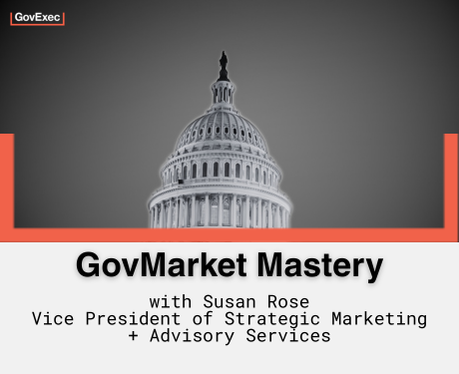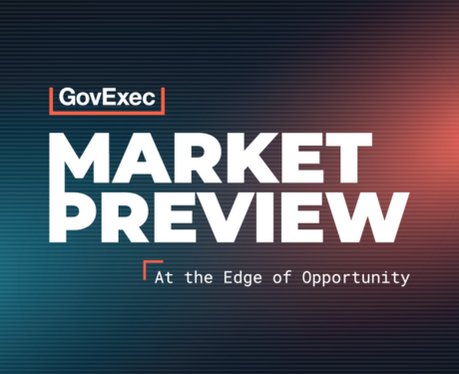Across the nation, state and local government agencies are working feverishly to modernize their systems, enable a better citizen experience, and manage a more remote workforce.
When you consider the opportunity, it’s truly astounding—state and local government entities are set to invest a staggering $2.3 trillion in technologies and services this year.
To put that into perspective, that's equivalent to Brazil's entire GDP, and Brazil is the 8th largest economy in the world.
With that much money in play, the competition is fierce for government contractors. New businesses registering are up 20% (Source: GovTribe), while state and local government employees are overwhelmed. We’ve heard executives in big cities, small counties, and states lament the number of cold sales calls they get a week (sometimes up to 40 calls and 5x that in emails!).
The blueprint for winning in the state and local market has changed.
- Discovery, learning, and evaluation have shifted to the digital realm, with 67% to 80% of the buying process now taking place without any sales rep engagement.
- Governments are buying more narrowly with more information at the onset about what is both available and required to meet their needs now and in the future.
- The buying committee has expanded in a way that sellers often need to educate and engage 15+ individual decision-makers before a project can move forward.
- Government buyers expect vendors to walk in the door fully aware of their priorities, underlining the crucial need for comprehensive understanding. (Some are even infamous for ending meetings abruptly if a sales rep asks, “What is keeping you up at night?”)
Gone are the days when companies could pair an RFP aggregator with attendance at a handful of conference events to fill their pipeline and hit their number. To win in this new environment, you need a more modern approach.
In this four-part series, we’ve put together a modern blueprint for your next state and local win.
Step 4: Engage in meaningful ways only.
Yes, in-person events are back. But, there's been a significant shift in what attendees expect.
State and local government decision-makers want events where they can network and gather information on the latest technologies and innovations from their peers.
Rather than traditional formats, there is a greater emphasis on creating engaging and interactive experiences beyond the formal sessions that prioritize meaningful connections and knowledge sharing.
Basically, the data shows that if your engagement style feels anything like a sales pitch, you’ve immediately decreased interest for 50% of your prospects.
For this, I recommend adopting the “show up, don’t tell” method to productively engage with your prospects. For example:
- Roundtables
- Workshops
- Training programs
Offered virtually or in person, they drive insights, facilitate meaningful connections, and position your company and sales reps in the room as partners.
But don’t just take my word for it; here are some quotes from government leaders who participated recently:
- Councilmember: “Thank you so much. It was a great event and I definitely learned something and would love to attend another one.”
- Cybersecurity Analyst: “You guys gotta keep this up. This was so valuable.”
- Executive Director of Technology: “Lots of interesting views and feedback. I took so much away from the meeting.”
Now, imagine that you helped facilitate these talks.
The trust you build is gold in the government market.
In a market where 90% of sales go to the first company at the table,
you should have started yesterday.
Reach out to Solutions@GovExec.com to implement the best intelligence for a winning strategy.


